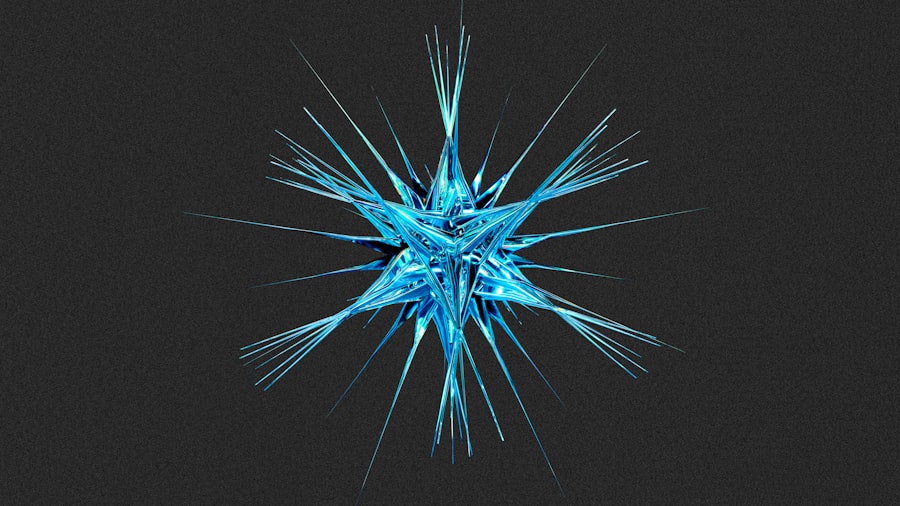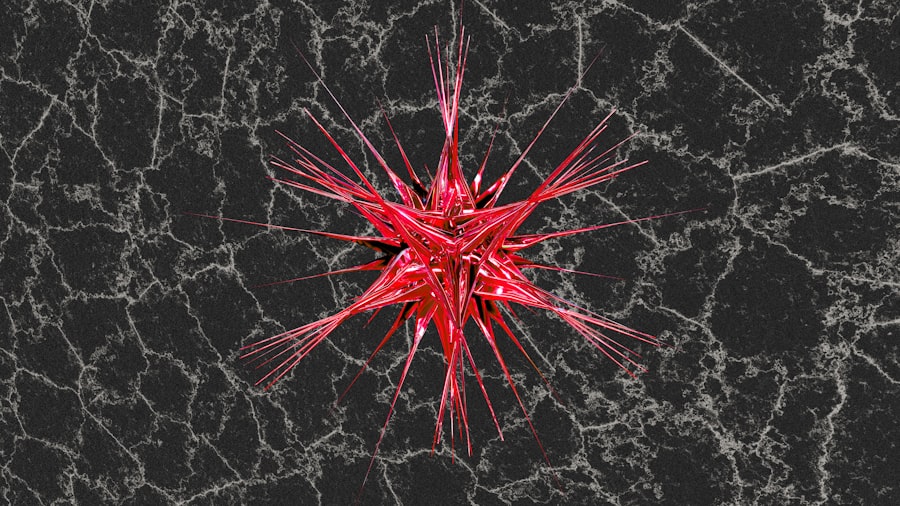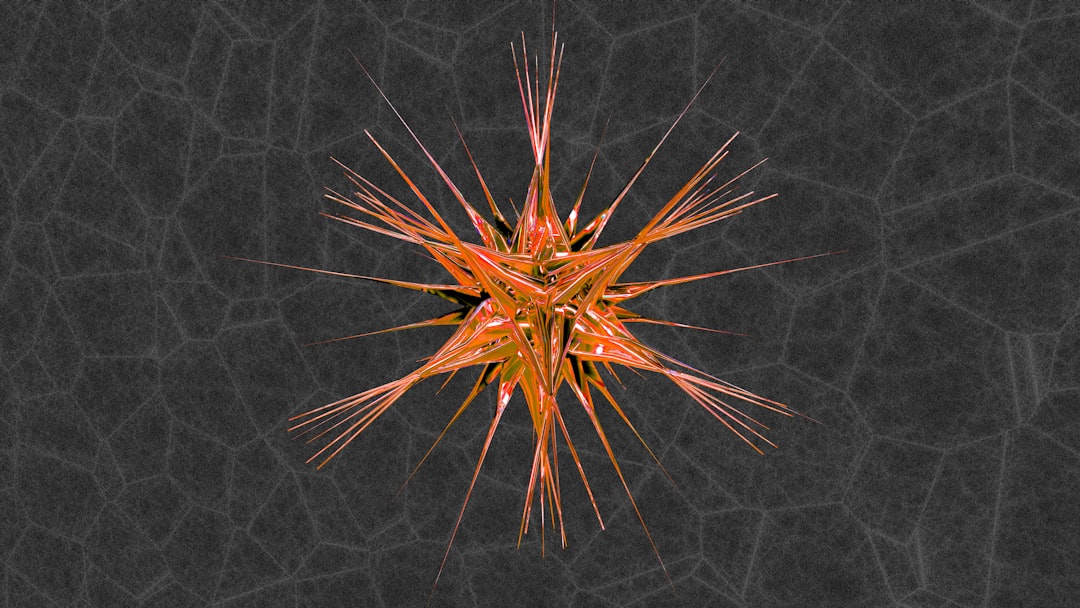Stellar evolution is a complex and fascinating process that describes the life cycle of stars, from their formation in dense molecular clouds to their eventual demise. This journey is governed by the fundamental principles of physics, particularly nuclear fusion, gravity, and thermodynamics. Understanding stellar evolution not only provides insights into the life cycles of individual stars but also sheds light on the broader dynamics of galaxies and the universe as a whole.
The study of how stars evolve is crucial for comprehending the chemical enrichment of the cosmos, as stars are the primary sites for the synthesis of elements heavier than hydrogen and helium. The life of a star is marked by distinct phases, each characterized by specific physical processes and changes in energy output. These phases include the initial formation of a star from a cloud of gas and dust, its stable period on the main sequence, and its eventual transformation into a red giant or supernova, depending on its mass.
The end stages of a star’s life can lead to the creation of neutron stars or black holes, phenomena that challenge our understanding of physics under extreme conditions. By studying stellar evolution, astronomers can piece together the history of the universe and predict its future trajectory.
Key Takeaways
- Stellar evolution is the process by which a star changes over the course of its life.
- Stars are formed from the gravitational collapse of gas and dust in interstellar space.
- The main sequence phase is the longest phase in a star’s life, during which it fuses hydrogen into helium in its core.
- During the red giant phase, a star expands and cools, eventually shedding its outer layers to form a planetary nebula.
- Supernovae occur when massive stars reach the end of their lives and explode, leaving behind either a neutron star or a black hole.
Formation of Stars
The formation of stars begins in regions of space known as molecular clouds, which are dense concentrations of gas and dust. These clouds are primarily composed of hydrogen molecules, along with helium and trace amounts of heavier elements. Under certain conditions, such as shock waves from nearby supernovae or collisions between clouds, regions within these clouds can become gravitationally unstable.
As gravity pulls material together, the density increases, leading to a rise in temperature at the core. This process is known as gravitational collapse. As the core contracts and heats up, it eventually reaches temperatures sufficient for nuclear fusion to commence.
This marks the birth of a new star, often referred to as a protostar during its early stages. The protostar continues to accumulate mass from its surrounding environment, while the energy generated from fusion counteracts gravitational collapse. The balance between these forces is crucial; if fusion energy exceeds gravitational pull, the star stabilizes and enters the main sequence phase.
If not, it may collapse further or fragment into multiple stars, leading to binary or multiple star systems.
Main Sequence Phase

The main sequence phase is the longest and most stable period in a star’s life cycle, during which it fuses hydrogen into helium in its core. This phase can last billions of years, depending on the star’s mass. For instance, our Sun is currently about 4.6 billion years old and is expected to remain in this phase for approximately another 5 billion years.
During this time, stars maintain hydrostatic equilibrium; the outward pressure from nuclear fusion balances the inward pull of gravity. Stars on the main sequence vary significantly in size, temperature, and luminosity. The Hertzsprung-Russell diagram is a key tool used by astronomers to classify stars based on these characteristics. Massive stars burn hotter and faster than their smaller counterparts, leading to shorter lifespans. For example, a massive O-type star may only exist on the main sequence for a few million years before exhausting its hydrogen fuel, while a smaller M-type star can remain stable for tens of billions of years.
This diversity in stellar lifetimes has profound implications for galactic evolution and the formation of planetary systems.
Red Giant Phase
| Red Giant Phase Metrics | Value |
|---|---|
| Temperature | 5,000 – 3,000 K |
| Size | 10 – 100 times the size of the Sun |
| Luminosity | 1,000 – 10,000 times the Sun’s luminosity |
| Duration | Millions to billions of years |
As a star exhausts its hydrogen fuel in the core, it undergoes significant changes that lead to the red giant phase. The core contracts under gravity while temperatures rise, causing hydrogen fusion to ignite in a shell surrounding the core. This process generates an enormous amount of energy, causing the outer layers of the star to expand dramatically.
A star like our Sun will swell to many times its original size during this phase, potentially engulfing inner planets like Mercury and Venus. The red giant phase is characterized by complex processes such as helium fusion once temperatures in the core reach around 100 million Kelvin. Helium nuclei combine to form carbon and oxygen through a process known as triple-alpha fusion.
This stage can lead to further expansion and instability as heavier elements are produced. In more massive stars, this phase can progress through multiple stages of fusion, creating elements up to iron in their cores before they reach their final evolutionary stages.
Supernova and Neutron Star Formation
For massive stars that exceed approximately eight solar masses, the end of their life cycle culminates in a spectacular event known as a supernova. Once these stars have fused elements up to iron in their cores, they can no longer generate energy through fusion because iron fusion consumes energy rather than releasing it. As a result, when the core becomes too heavy for gravity to support it, it collapses rapidly under its own weight.
This catastrophic collapse leads to an explosive outburst that ejects the outer layers of the star into space at incredible velocities. The supernova explosion not only disperses heavy elements into the interstellar medium but also leaves behind a remnant core that can become either a neutron star or a black hole, depending on its mass. Neutron stars are incredibly dense objects composed almost entirely of neutrons, with masses greater than that of our Sun compressed into a sphere just about 20 kilometers in diameter.
Black Hole Formation

Formation of Black Holes
When a massive star undergoes a supernova explosion and its core remnant exceeds approximately three solar masses, it cannot stabilize as a neutron star and instead collapses into a black hole. Black holes are regions in space where gravity is so intense that nothing—not even light—can escape their grasp.
Properties and Implications of Black Holes
The boundary surrounding a black hole is known as the event horizon; once an object crosses this threshold, it is irrevocably drawn into the singularity at the center. The formation of black holes has significant implications for our understanding of gravity and spacetime. They serve as natural laboratories for testing theories such as general relativity under extreme conditions.
Role of Black Holes in Galaxy Formation and Evolution
Additionally, black holes play a crucial role in galaxy formation and evolution; their gravitational influence can affect star formation rates and drive galactic dynamics. Observations of supermassive black holes at the centers of galaxies suggest that they may have formed early in cosmic history and have grown over time through accretion and mergers with other black holes.
The Fate of Our Sun
Our Sun is classified as a G-type main-sequence star (G dwarf) and will follow a predictable evolutionary path over its lifetime. Currently in its main sequence phase, it has been steadily fusing hydrogen into helium for about 4.6 billion years. In approximately 5 billion years, it will exhaust its hydrogen fuel in the core and begin to evolve into a red giant.
During this phase, it will expand significantly, potentially engulfing Earth and altering the solar system’s dynamics. After shedding its outer layers during the red giant phase, our Sun will leave behind a hot core composed primarily of carbon and oxygen. This remnant will eventually cool down over billions of years to become a white dwarf—a dense stellar remnant that no longer undergoes fusion but emits light due to residual heat.
Over time, this white dwarf will fade away into darkness as it radiates its remaining energy into space.
Implications for the Universe
The study of stellar evolution has profound implications for our understanding of the universe’s history and future. Stars are responsible for synthesizing elements through nuclear fusion processes; these elements are essential for forming planets and life as we know it. The distribution of heavy elements throughout galaxies is largely influenced by supernova explosions that enrich interstellar space with materials necessary for planet formation.
Moreover, stellar evolution contributes to our understanding of cosmic timelines and structures within galaxies. The life cycles of stars dictate star formation rates and influence galactic dynamics through processes such as feedback mechanisms from supernovae and stellar winds. As we observe distant galaxies and their stellar populations, we gain insights into how galaxies evolve over cosmic time scales.
In addition to enriching our knowledge about cosmic chemistry and galactic evolution, stellar evolution raises fundamental questions about the fate of the universe itself. The balance between star formation and destruction through supernovae or black hole formation plays a critical role in determining whether galaxies will continue to form new stars or eventually fade into darkness as they exhaust their gas reserves. Understanding these processes helps astronomers predict potential scenarios for the long-term future of our universe—whether it will continue expanding indefinitely or ultimately face contraction in what is known as the “Big Crunch.





















+ There are no comments
Add yours